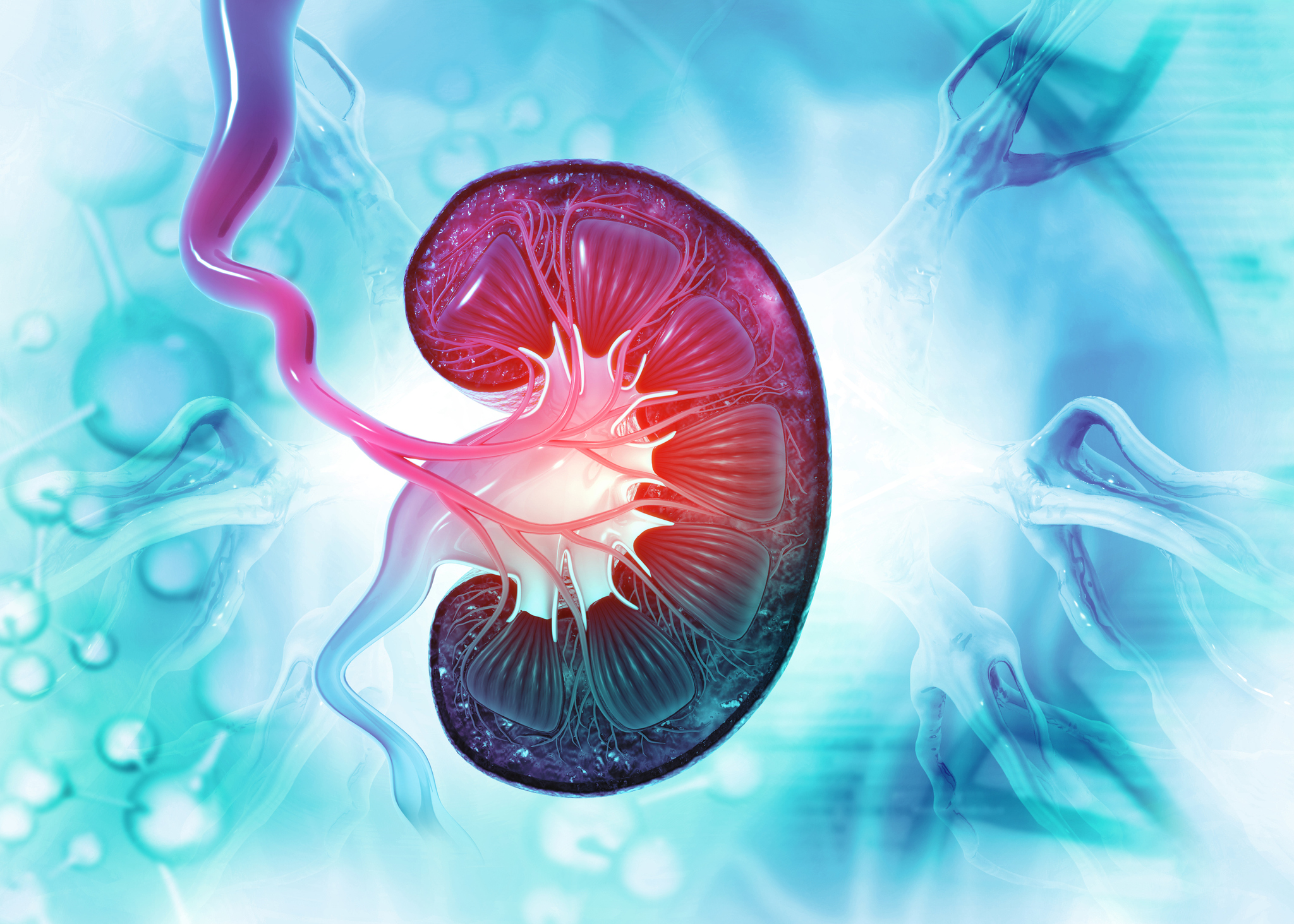アルツハイマー病を模倣するが、別の疾患であり鑑別が非常に難しい「辺縁系優位型加齢性TDP-43脳症(LATE)」、手がかりとなりうる新知見を発見 Limbic-predominant age-related TDP-43 encephalopathy (LATE) mimics Alzheimer’s, but it’s a different disease and very hard to differentiate; new findings suggest a possible clue
2022-12-15 カリフォルニア大学サンディエゴ校(UCSD)
2022年12月15日にAlzheimer’s & Dementia誌に掲載された新しい研究で、カリフォルニア大学サンディエゴ校医学部の研究者は、他の研究者とともに、LATEの病態に関する新しい洞察を提供し、現在理解が不十分で、生きている患者を特定することが非常に難しいこの疾患の診断法の開発につながる可能性があります。
TDP-43は、前頭側頭葉変性症、筋萎縮性側索硬化症、ADなど、他の神経変性疾患との関連が指摘されているが、ADの場合はアミロイドベータとタウという2つのタンパク質の蓄積がより一般的な特徴である。
今回の研究では、神経細胞やグリア細胞などさまざまな種類の細胞から血液中に分泌されるエクソソームから抽出されたTDP-43の濃度を分析した。エクソソームは、DNA、RNA、タンパク質を放出されるまで細胞内に輸送する細胞外小胞または袋である。研究者らは、剖検でLATEが確認された22人の患者とLATEの兆候なしに死亡した42人の患者の死後の脳を分析した。
その結果、アストロサイト由来のエクソソームでのみ効果が検出され、神経細胞やミクログリアでは検出されなかった。アストロサイトは、グリア細胞の一種で、血流の調節から神経伝達物質の構成要素の供給まで、中枢神経系で多くの重要な機能を担っています。アストロサイトは、神経細胞の5倍以上の数を持っています。
神経系疾患の効果的な治療は、早期診断に大きく依存します。しかし、現時点では、LATEは死後にしか診断できないため、生きている患者がLATEとADを併発していることがあり、混乱することが多い。TDP-43の血漿中濃度の上昇がLATEを示唆する指標となりうるという今回の知見は、心強いものであるとリスマンは述べている。
LATEは通常、高齢者、特に80歳以上の人に発症しますが、認知症が典型的な老化現象の一部であるわけではありません。遺伝が関与していると考えられており、少なくとも5つの遺伝子がLATEのリスクと関連しています。また、これらの遺伝子は他の認知症にも関与している可能性があります。現在のところ、LATEに対する決定的な治療法や治癒法はありません。治療には、健康的な食事と定期的な運動の維持、飲酒量の削減、喫煙の回避、高血圧、肥満、糖尿病などの併存する慢性疾患の治療など、ライフスタイルの改善がしばしば必要とされます。
<関連情報>
- https://today.ucsd.edu/story/looking-for-an-early-sign-of-late
- https://alz-journals.onlinelibrary.wiley.com/doi/10.1002/dad2.12365
加齢に伴うTDP-43病態のバイオマーカーとしての血液由来細胞外ベシクルの評価 Evaluation of blood-based, extracellular vesicles as biomarkers for aging-related TDP-43 pathology
Charisse N. Winston, Sonal Sukreet, Haley Lynch, Virginia M.-Y. Lee, Donna M. Wilcock, Peter T. Nelson, Robert A. Rissman
Alzheimer’s & Dementia Published: 15 December 2022
DOI:https://doi.org/10.1002/dad2.12365

Abstract
Introduction
Limbic predominant age related TDP-43 encephalopathy neuropathological change (LATE-NC) is a recently characterized brain disease that mimics Alzheimer’s disease (AD) clinically. To date, LATE-NC is difficult to diagnose antemortem using clinical information or biomarkers. Recent studies suggest concentrations of extracellular vesicle (EVs) protein cargo derived from neuronal and glial cells may serve as useful diagnostic biomarkers for AD and other neurodegenerative diseases.
Methods
TDP-43 was evaluated in neuronal (NDEVs), astrocyte (ADEVs), and microglial derived extracellular vesicles (MDEVs). EV preparations were isolated from the plasma of research subjects with autopsy-confirmed diagnoses, including many with LATE (n = 22). Quantified TDP-43 concentrations were compared to the cohort that included healthy controls, mild cognitively impairment (MCI), and AD dementia with diagnoses other than LATE-NC (n = 42).
Results
TDP-43 was significantly elevated in plasma ADEVs derived from autopsy confirmed LATE-NC subjects, with or without comorbid AD pathology. Measurable levels of TDP-43 were also detected in EV-depleted plasma; however, TDP-43 levels were not significantly different between persons with and without eventual autopsy confirmed LATE-NC. No correlation was observed between EV TDP-43 levels with cognition-based variables, sex, and APOE carrier status.
Discussion
Blood-based EVs, specifically measuring TDP-43 accumulation in ADEVs, may serve as a potential diagnostic tool to rapidly identify subjects who are currently living with LATE-NC.


